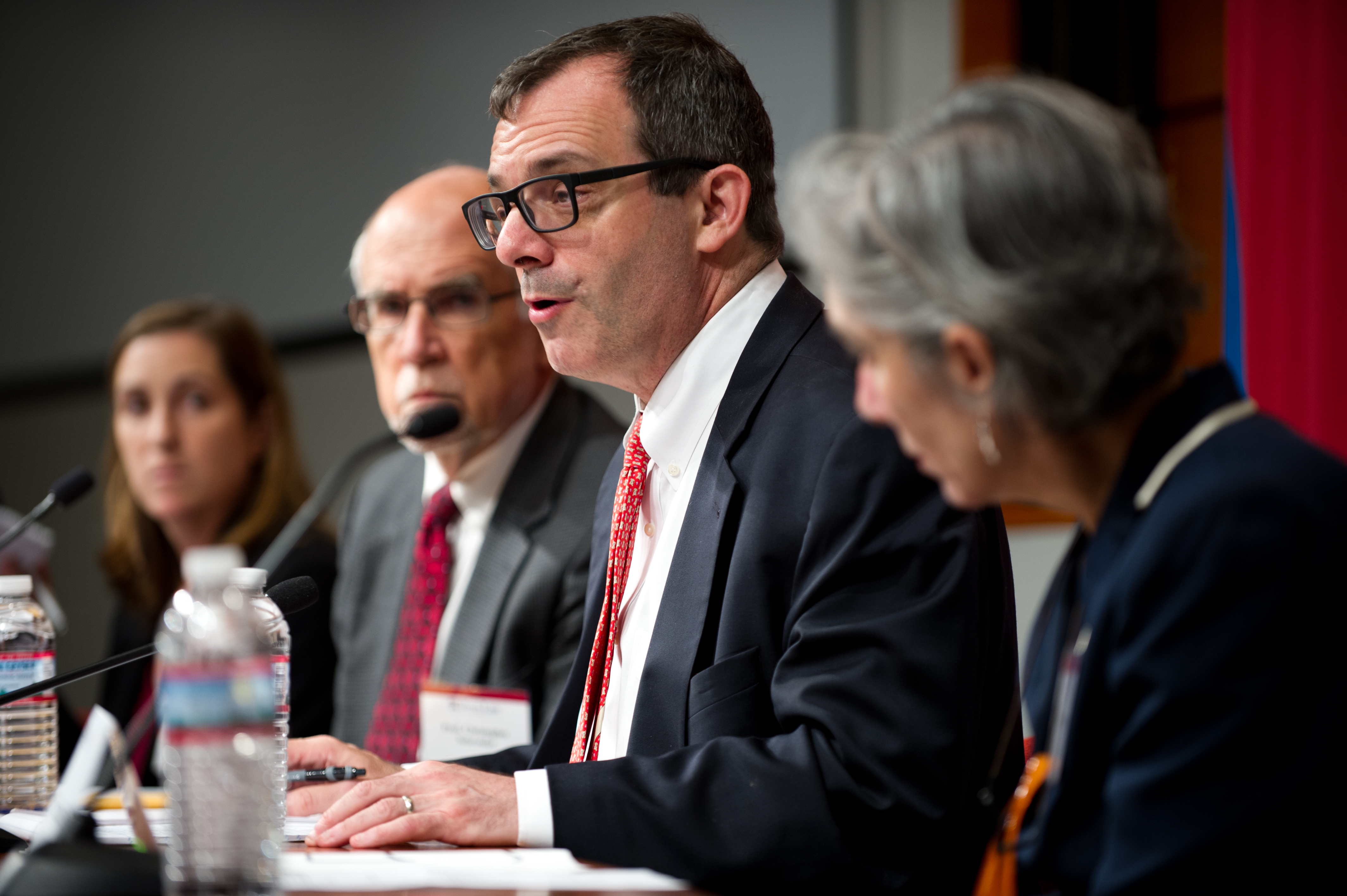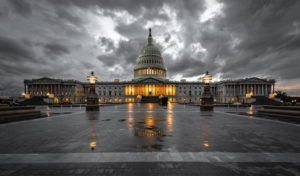
Courts have used the take care clause in multiple, and sometimes conflicting, ways.
When the Supreme Court interprets the U.S. Constitution, it decides what the words in that document do, and do not, mean. The justices pore over historical documents, exclude conflicting interpretations, and refine the meaning of words into clearer principles through case law. Over the years, the justices have clarified almost every provision of the Constitution’s text – except for the “take care clause.”
The take care clause states that the president “shall take care that the laws are faithfully executed.” Recently, Professor John Manning of Harvard Law School spoke at the University of Pennsylvania Law Review’s 2015 Symposium about the multiple purposes that the take care clause fulfills.
His remarks, based on a forthcoming paper co-authored with fellow Harvard Law professor, Jack Goldsmith, identified separate interpretations that the Court has given the clause for five distinct purposes:
- To support the proposition that the president alone can fire officers;
- To keep complaints out of the judicial system;
- To defend the president’s use of prosecutorial discretion;
- To limit the president’s authority to suspend existing law; and
- To authorize the president to act outside of direct statutory authorization when needed to protect important government functions.
When courts invoke the take care clause, Manning argued, they do not construe it using the traditional tools of constitutional interpretation. For example, courts rarely examine the drafting history of the clause, and when they do, it is usually superficial. Manning also asserted that courts do not use canons of construction to parse out what the words mean. Although the clause discusses executing “laws,” courts have never determined whether this applies only to statutes or also to treaties and the Constitution itself. Furthermore, “faithfully” has never been interpreted, either, implying that some degree of fidelity is sufficient, but never defining the precise amount.
Manning also highlighted how the varied uses of the take care clause can have contradictory purposes. The take care clause simultaneously grants the president the discretion not to enforce the law, yet seemingly limits his authority to suspend law. Although the courts would presumably provide the venue to resolve this tension, the clause has also been used to limit the Court’s authority to hear cases involving the degree of a president’s enforcement discretion. Thus, contradictory precedent emerges out of a limited set of case law.
Manning noted that courts have even used the take care clause as a source of a “completion power,” granting the president authority to do things not explicitly codified in law. Yet even here the cases are hardly clear cut. Although courts have upheld such authority when the president assigns a bodyguard to a U.S. official, they have also denied the president the same authority to seize steel mills to enact congressional appropriations. The cases are similar in principle, but different in degree. Unfortunately, courts have given little instruction in drawing the dividing line.
Although courts have treated the clause as having “firm and definite” content, they have done little to state with precision what that content is, Manning said. Nor have they recognized that the broad propositions attributed to the clause are in tension, according to Manning. Guidance from the courts on how to manage these competing principles is lacking, he argued, and ultimately, the clause may simply stand as a textual reference to the general notion of separation of powers.
Amy Wax, the Robert Mundheim Professor of Law at the University of Pennsylvania Law School, moderated the panel.
This essay is part of The Regulatory Review’s ten-part series, The Bounds of Executive Discretion in the Regulatory State.
The recent Symposium was co-sponsored by the Penn Program on Regulation (PPR) and organized by Penn Law professors Cary Coglianese, director of PPR, and Christopher Yoo.



